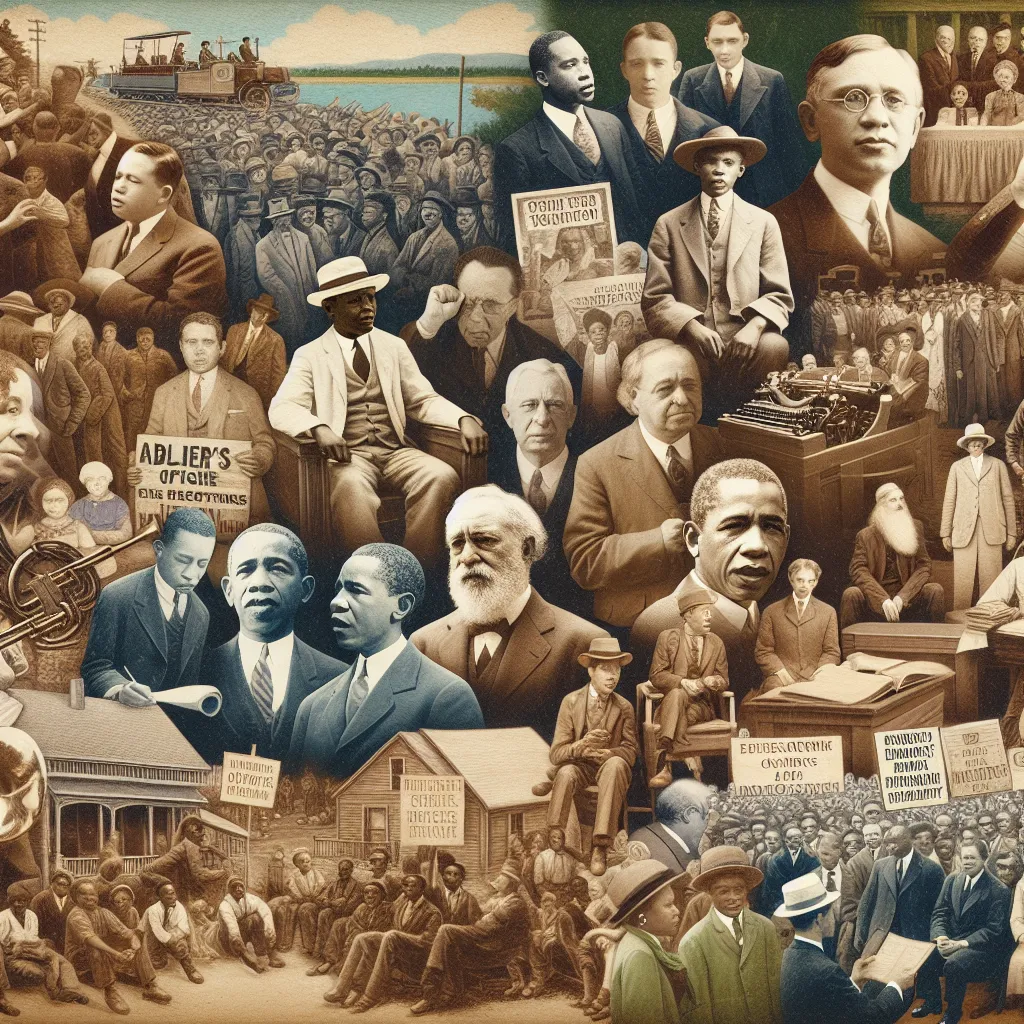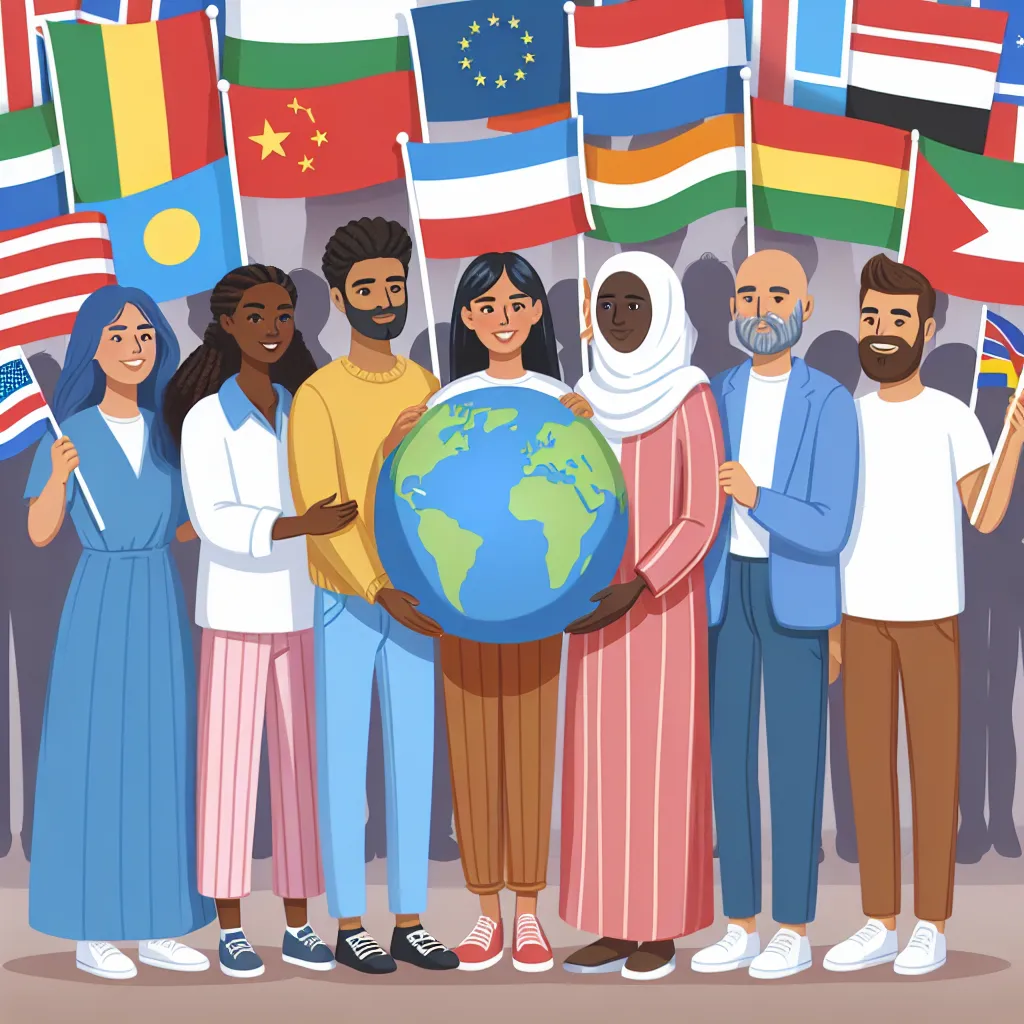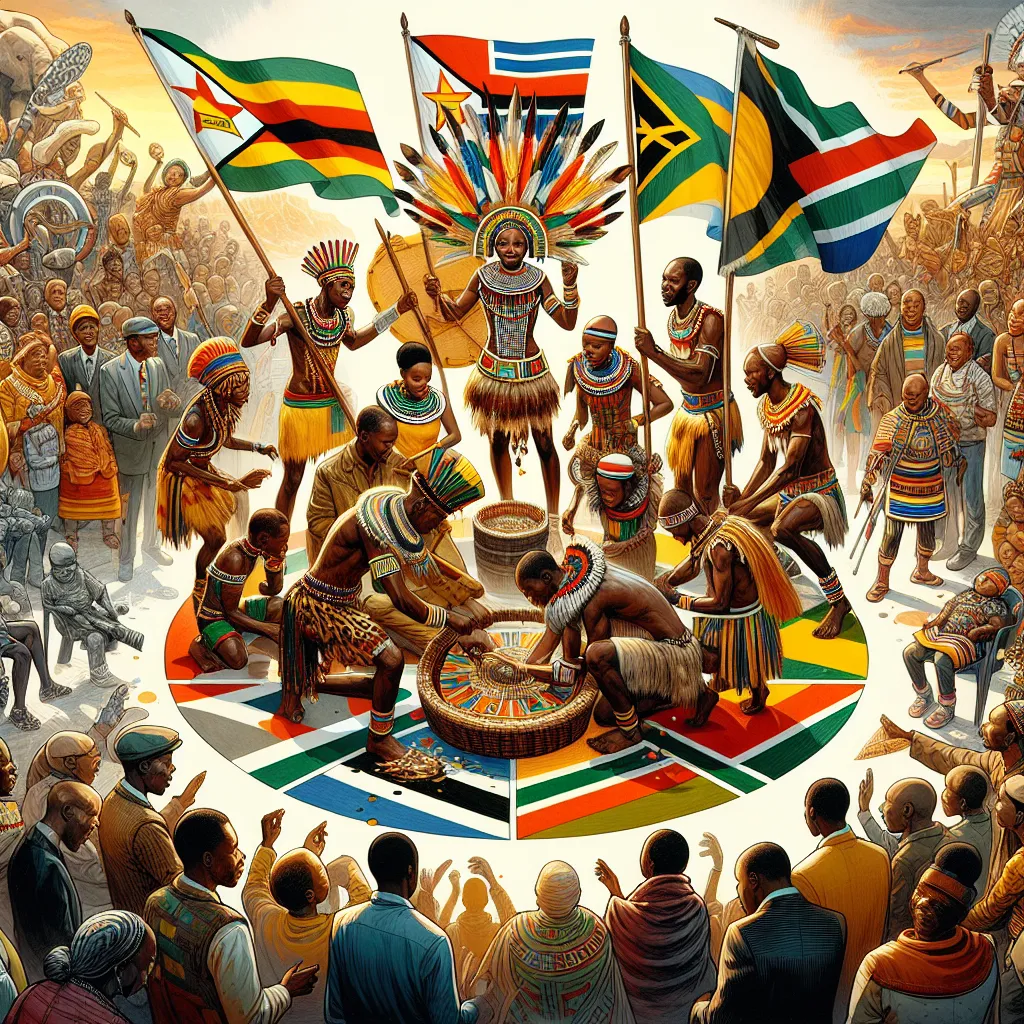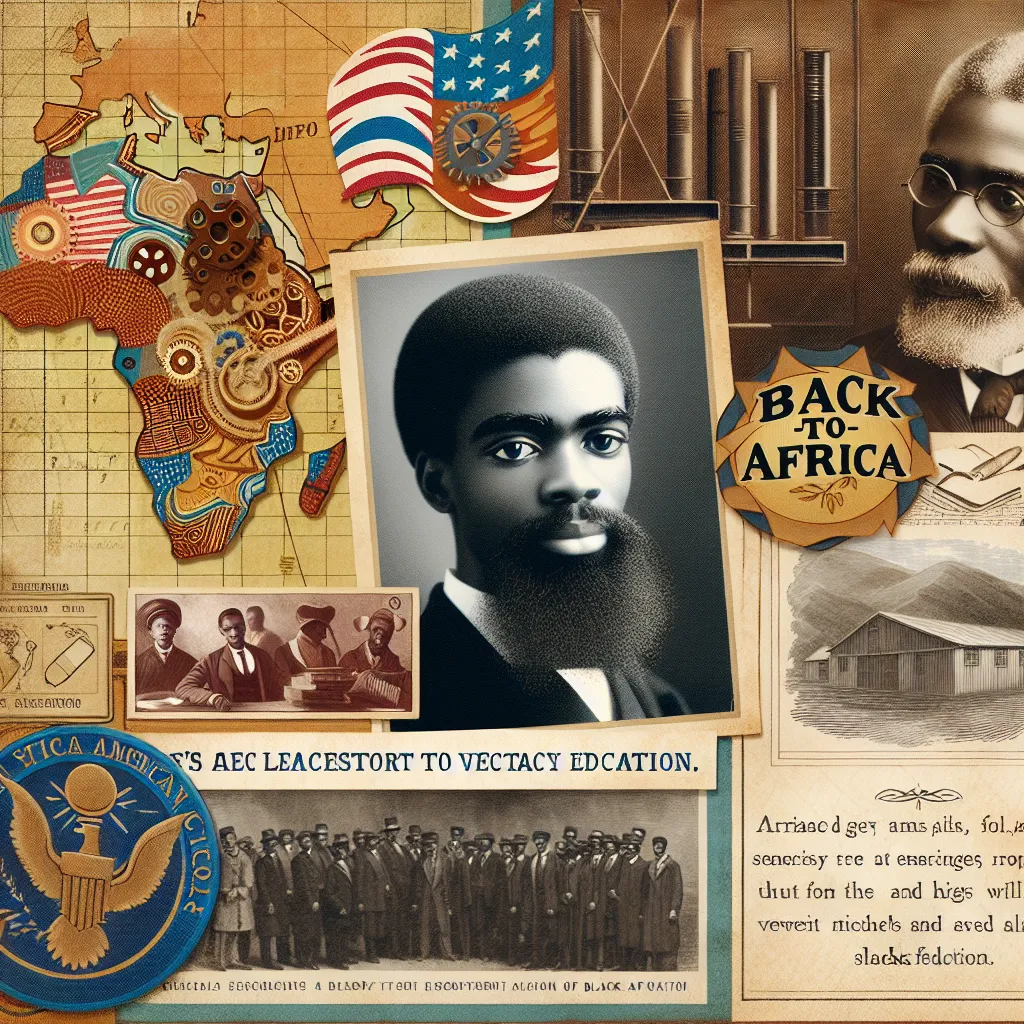Ask AI on The Internet
Pan-national movements are political, social, or cultural initiatives that advocate for the unity and cooperation of a greater number of nations or ethnic groups based on shared cultural, linguistic, or historical attributes. These movements typically seek to transcend existing national boundaries to create larger political or social entities, or to foster greater solidarity among a group of nations or peoples. Key characteristics of pan-national movements include: 1. **Shared Identity**: They often revolve around a common cultural, ethnic, religious, or linguistic identity. This shared identity is used as a foundation to promote solidarity and cooperation among the involved groups. 2. **Transnational Goals**: These movements seek to organize and unite people across existing national borders, aiming for a sense of collective identity and common purpose that goes beyond individual nation-states. 3. **Political, Social, or Cultural Objectives**: The goals of pan-national movements can vary. Some may seek political unification or alliances, others may focus on cultural revival and preservation, and some might aim for economic cooperation or social solidarity. 4. **Historical Context**: Many of these movements have historical roots and may arise in response to colonialism, social oppression, or fragmentation due to political borders that do not align with cultural or ethnic divisions. Examples of pan-national movements include: - **Pan-Africanism**: This movement seeks to unify African people and the African diaspora in a common struggle for self-determination, political unity, and the cultural and economic development of Africa. - **Pan-Arabism**: This advocacy for the unification of Arab countries and peoples is based on shared language, culture, and history. - **Pan-Slavism**: This aimed to unite all Slavic people, leveraging their common linguistic and cultural ties, and often opposing dominant non-Slavic control or influence. - **Pan-Islamism**: This promotes the unity of Muslims across different nation-states based on their shared faith, irrespective of their ethnic or national backgrounds. Pan-national movements can significantly influence geopolitics, international relations, and cultural policies, shaping the ways communities and nations interact with each other.
Think your answer is better than the AI's? Post it below.
Other Most Relevant Posts:
 Navigating the Complexities of Global Governance: The Evolution of International Organizations towards Autonomy
Navigating the Complexities of Global Governance: The Evolution of International Organizations towards Autonomy
 1. **Equality Beyond the Veil with the Niagara Movement**
2. **Freedom Seekers: The Exodus Movement**
3. **The NAACP: Legacy of Advancement for Colored People**
4. **Jim Crow Laws: America's Raci
1. **Equality Beyond the Veil with the Niagara Movement**
2. **Freedom Seekers: The Exodus Movement**
3. **The NAACP: Legacy of Advancement for Colored People**
4. **Jim Crow Laws: America's Raci
 Ask AI: Interpret what environment/life world, motor, socio-emotional and cognitive communicates about movement
Ask AI: Interpret what environment/life world, motor, socio-emotional and cognitive communicates about movement
Question Tags
If you want your question answered by an AI, click here.




Post your own comment: